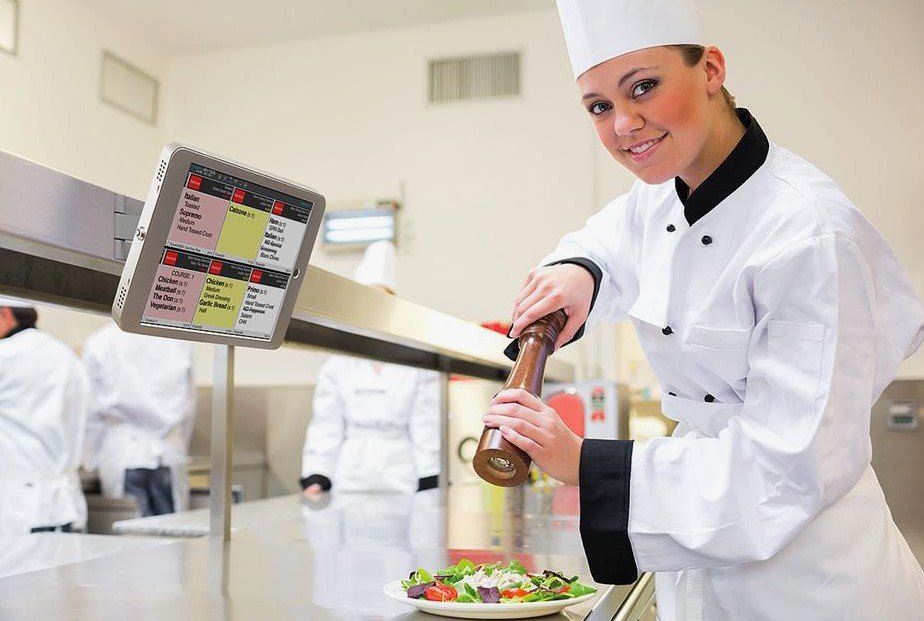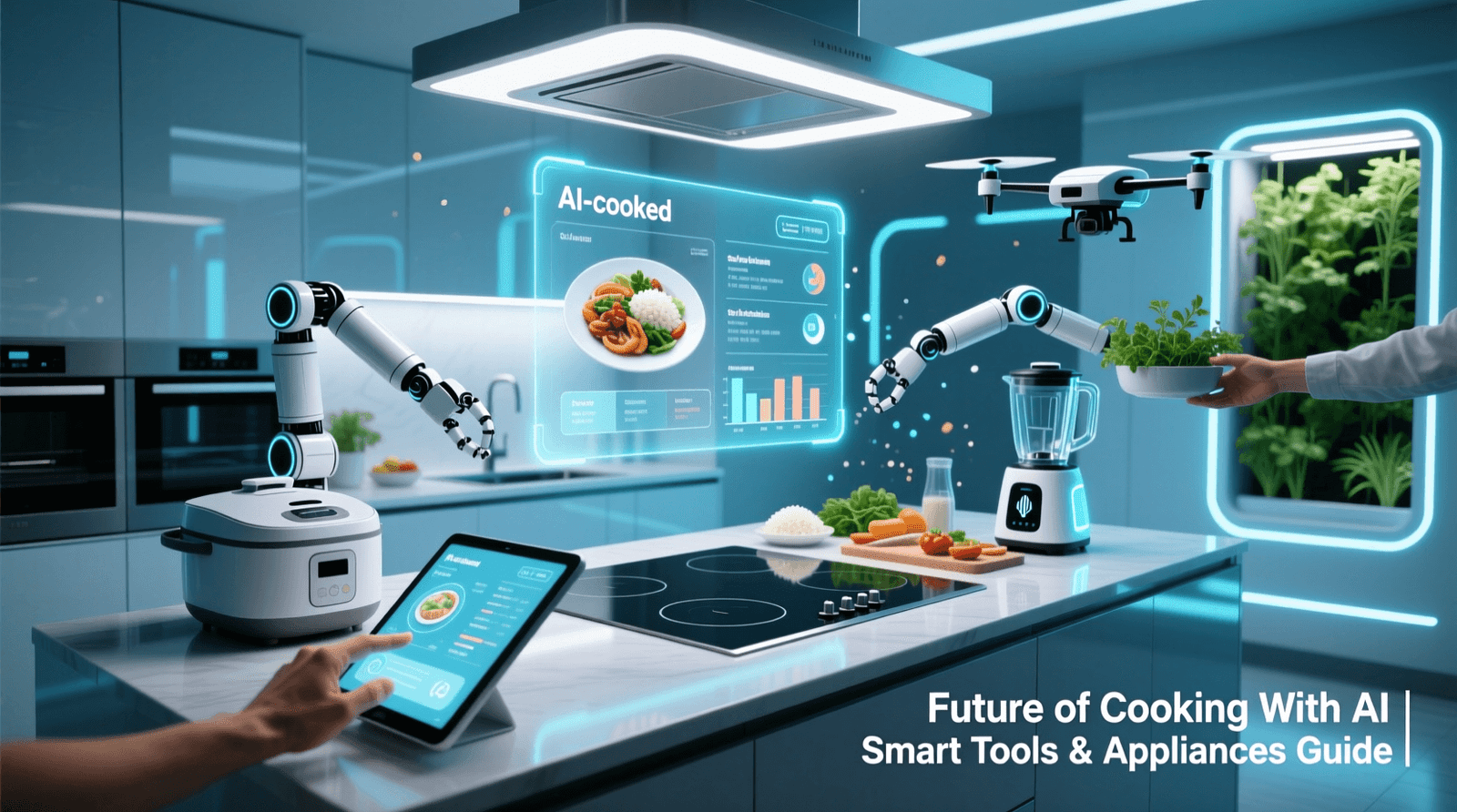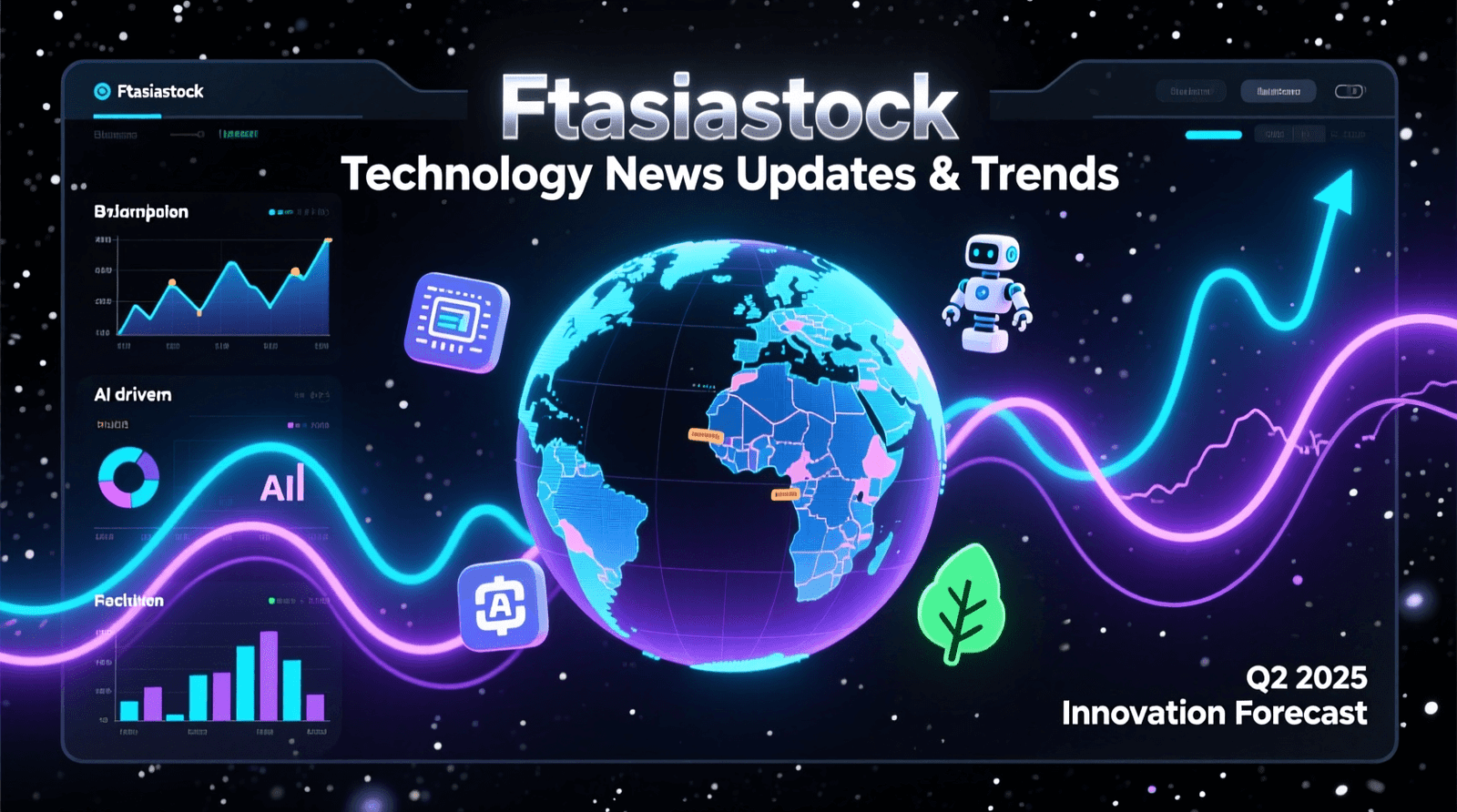The culinary world has experienced a remarkable transformation in recent years, driven by advancements in technology. For chefs, technology is more than just a convenience—it has become a powerful tool that enhances creativity, efficiency, and precision in the kitchen. From cutting-edge equipment to innovative apps, technology is shaping the way chefs work and revolutionizing the culinary industry.
Streamlining Kitchen Operations
One of the most significant ways technology benefits chefs is by optimizing kitchen operations. With smart kitchen appliances and automated tools, chefs can perform repetitive tasks more efficiently, saving valuable time and reducing the likelihood of errors. For instance, smart ovens and sous vide machines ensure precise cooking temperatures, allowing chefs to focus on other aspects of meal preparation.
Additionally, technology simplifies inventory management. Tools like kitchen management software track inventory levels, generate alerts for low stock, and even suggest order quantities. This minimizes waste, reduces costs, and ensures that the kitchen is always well-stocked.
Enhancing Precision and Consistency
In professional kitchens, precision and consistency are paramount. Technology plays a crucial role in achieving these qualities. Advanced tools like digital scales, timers, and temperature probes allow chefs to measure ingredients and monitor cooking processes with incredible accuracy. This ensures that every dish is prepared to the same high standard, enhancing customer satisfaction.
Furthermore, recipe management systems store detailed instructions, portion sizes, and ingredient lists, making it easier for chefs to replicate dishes consistently across multiple locations or shifts.
Fostering Culinary Innovation
Technology empowers chefs to push the boundaries of creativity and experiment with new techniques. For instance, molecular gastronomy tools like liquid nitrogen and siphons enable chefs to create unique textures, flavors, and presentations that captivate diners. Similarly, 3D food printers allow chefs to design intricate edible creations that were previously impossible to achieve by hand.
Social media platforms and online recipe repositories also serve as sources of inspiration, connecting chefs to global culinary trends and innovative ideas.
Improving Food Safety and Hygiene
Maintaining high standards of food safety and hygiene is essential in any kitchen. Technology helps chefs meet these standards more effectively. Automated monitoring systems track storage temperatures, ensuring that perishable ingredients are kept in optimal conditions. Smart sensors in refrigerators and freezers alert staff to potential issues before they escalate.
Moreover, digital tools streamline compliance with food safety regulations. By recording cleaning schedules, temperature logs, and ingredient traceability, these tools simplify inspections and audits, reducing the risk of non-compliance.

Enhancing Training and Skill Development
Technology has transformed how chefs learn and develop their skills. Online platforms and apps provide access to a wealth of culinary tutorials, masterclasses, and virtual workshops led by industry experts. Chefs can learn at their own pace, exploring topics ranging from knife skills to advanced pastry techniques.
Virtual reality (VR) and augmented reality (AR) are also making their way into culinary education. These technologies offer immersive training experiences, allowing chefs to practice techniques and perfect their craft in realistic virtual environments.
Expanding Business Opportunities
For chefs who own or manage their businesses, technology offers a range of tools to expand their reach and attract new customers. Online reservation systems and food delivery apps make it easier for diners to discover and engage with restaurants. Social media platforms enable chefs to showcase their work, build a following, and connect directly with their audience.
Furthermore, point-of-sale (POS) systems integrate with inventory and accounting software, simplifying financial management and improving profitability.
Sustainability and Waste Reduction
Sustainability is a growing concern in the culinary industry, and technology is playing a key role in addressing this challenge. Smart kitchen tools and apps help chefs monitor food waste, identify inefficiencies, and implement sustainable practices. For example, waste tracking software provides insights into which ingredients are frequently discarded, enabling chefs to adjust purchasing and portioning practices.
Additionally, innovations like composting machines and eco-friendly packaging contribute to greener kitchen operations, aligning with the values of environmentally conscious diners.
Improving Customer Experience
Ultimately, the benefits of technology extend beyond the kitchen to enhance the overall dining experience. Tools like table-side ordering systems and interactive menus allow customers to customize their meals and provide feedback in real-time. Meanwhile, kitchen display systems ensure that orders are communicated accurately and prepared promptly, reducing wait times and improving service quality.
Chefs can also use data analytics to gain insights into customer preferences, enabling them to tailor menus and create personalized dining experiences that keep patrons coming back.
Conclusion
Technology has become an indispensable ally for chefs, transforming how they work and elevating the culinary experience. From streamlining operations and ensuring food safety to fostering creativity and promoting sustainability, the benefits of technology are vast and far-reaching. As the culinary world continues to evolve, embracing technology will be essential for chefs who want to stay at the forefront of their industry.




